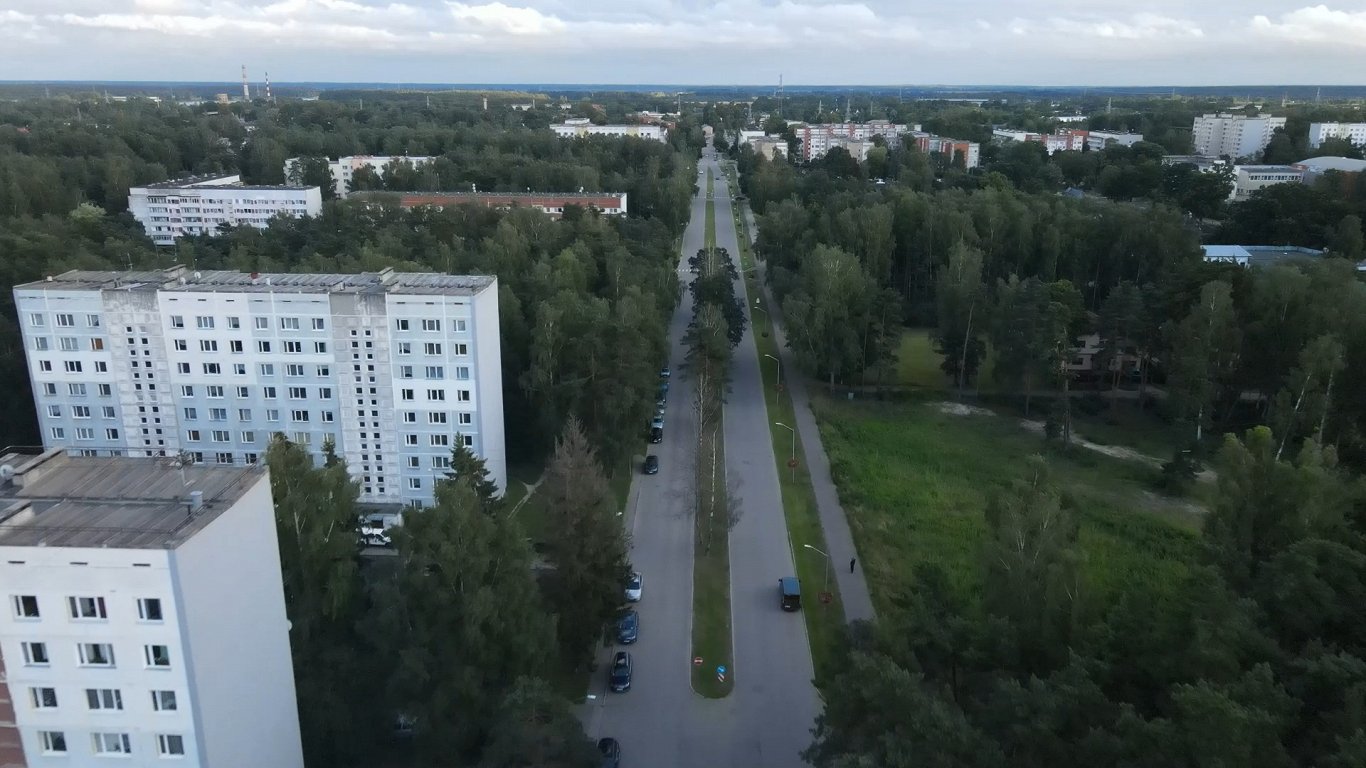In Latvia, one of the most painful and long-standing issues is the renovation of multi-apartment buildings. As already reported by LSM, Latvia, with its huge proportion of residential housing built in Soviet times, is a ticking time bomb. Buildings are increasingly ageing, but their reconstruction is slow and insufficient. If nothing changes, it is only a matter of time when more and more neighborhoods will become slums in many cities of Latvia, and it will be very difficult for many residents to find quality housing.
Moreover, the renovation of buildings is not just a problem for Latvia alone, and therefore it is one of the main objectives pointed out by the European Commission to use the European Union's (EU) Recovery Fund money. EC has even developed even a new strategy “Renovation Wave for Europe”. The solution seems simple. But it will hardly be likely to resolve itself if the issue which has hindered it so far is not tackled. Namely, ownership rights.
From residents to owners
The owner of multi-apartment buildings built during the Soviet times were, initially, mostly the State, local government or companies which had built them for the accommodation of their employees' families. When the USSR collapsed, most of the multi-apartment buildings were transferred for privatization and their residents had the possibility to privatize their apartments.
So far so good, but in the process, many did not think that they would also become co-owners of the whole building, and therefore would have to take care of not only their apartment but also their building's roof, cellar, stairs, water pipes. On the other hand, the Soviet housing authorities were turned into service providers who, for a fee, do what the owner/resident community agreed on.
Latvia is not unique in this respect. Similar processes took place in most of the former countries of the Soviet bloc.
Eurostat data show that Romania is in the first place, where 96% of the population live in their own privatized housing. The largest proportion of the Baltic States is in Lithuania – 90%.
In Latvia, 80% own their housing, while 20% of the population live in rented housing. In Western Europe, the proportion of people living in self-owned housing is smaller and much more live in rented housing.
The dark side of privatization
Unfortunately, the current situation, with the very small number of reconstructed Soviet-era multi-apartment buildings, also clearly shows the negative side of the privatization process. The apartment property law states that the residential building is governed by a community of apartment owners, and that is what has become a stumbling block for many plans to improve the state of the building.
Although decades have passed since privatization, there are still some residents of multi-apartment buildings who do not understand or want to understand that their property is not just the particular apartment, but the whole house. Therefore, if the roof is leaking, there will be no mysterious person who will do it all, but everyone will have to pitch in for repairs.
On the other hand, for more fundamental renovation, a completely objective barrier is not the very comfortable financial situation of many apartment owners.
As a result, meetings of the co-owners of the house often turn out to be a wholly meaningless event in which part does not understand why they want anything at all, part is not prepared to invest even an additional ten euro, but those who understand why it is necessary and are prepared to invest in serious repairs are not so wealthy as to pay both their and neighbors' share. If, for example, there are 50 to 100 apartments in a typical Riga Soviet time building, with people with different preferences and future life goals, then looking forward to unity and compromise is rather naive.
On the other hand, representatives of the state and many municipalities have so far taken a very comfortable position on the principle of “none of my business.” So to say, the right of private property is sacred and everything has to be agreed between the owners themselves. The municipality or state is involved only when the building is a slum.
Unfortunately, for decades now, the privatization experiment has proved that by continuing on the same path, there will be nothing but more and more slums.
Therefore, this must be a critical moment to think about what to change in the existing rules of house management. There are construction experts who even compare the current situation with a sinking ship on which time is wasted by passengers voting on what to do next. Moreover, if there is no change, the substantial resources of the EU Recovery Fund will not raise any new wave of renovation, as the European Commission has planned.






























